- Home
- Machining techniques
- CNC Machining Services
- Cooperative supply services
- Designs
- Materials
- Finishing Services
- Shop
- Products
- Guide
- About Us
- Contact Us
2022.5.27
For metal parts with various types of through holes, traditional machining methods such as turning and drilling are not easy to meet the requirements of machining quality and dimensional accuracy. At the same time, in the prior art, the above-mentioned metal parts are processed by using the wire EDM technology, which has fast processing speed and high processing precision. The following 4 steps will help you finish the CNC wire EDM machining!
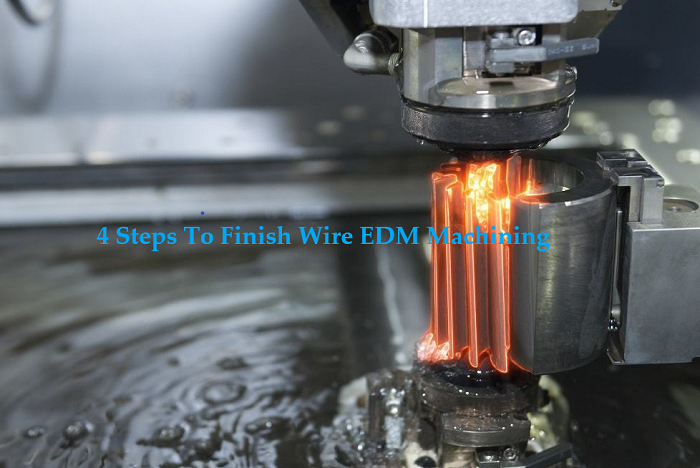
1. Not everything can be done by wire EDM machining
Analyze and review the processing drawings, and consider the feasibility of this process method according to the existing processing equipment. In the following cases, the processing cannot be realized: the workpiece with a narrow gap smaller than the electrode wire diameter plus the discharge gap. No r angle is allowed for the internal angle of the figure or the workpiece whose R angle required by the internal angle is smaller than the diameter of the electrode wire. Work piece of non-conductive material. Workpieces whose thickness exceeds the span of wire frame. The machining length exceeds the effective stroke length of the X and Y carriage of the machine tool, and the workpiece requires high precision.
2. Slow moving wire cutting machine
Under the condition of meeting the wire cutting process, it shall be determined whether to use medium or slow wire cutting according to the processing requirements of parts, such as surface quality and dimensional accuracy. For the parts with high dimensional accuracy and good surface roughness, the slow moving wire cutting machine should be used.
1) Reasonable selection of workpiece materials
In order to reduce the workpiece deformation caused by WEDM, materials with good forging performance, good permeability and small heat treatment deformation should be selected. Workpiece materials shall be subject to standard heat treatment according to technical requirements.
2) Machining threading hole
For the processing of closed holes and some punch, threading holes need to be processed before on-line cutting. The position of threading hole shall conform to the machining starting point specified during programming.
3) Select the type of electrode wire
Generally, 0.18 mm diameter molybdenum wire is used as electrode wire in WEDM; The electrode wire for slow wire cutting generally adopts brass wire, in addition to galvanized wire, etc. the diameter of the electrode wire can be selected according to the processing accuracy requirements, and the electrode wire with a diameter of no less than 0.2mm shall be selected as far as possible to obtain a higher cutting speed and reduce the risk of machining interruption.
4) Clamping and calibration of workpiece
According to the machining shape and size of the workpiece, select the appropriate clamping method to determine the clamping position of the workpiece. If the clamping methods of plate parts, rotary parts and block parts are different, special fixtures or self-designed fixtures can be used to clamp the workpiece. After the workpiece is clamped, it should be corrected. Generally, it is to check the verticality and flatness of the workpiece clamping, and correct the axial parallelism between the workpiece reference plane and the machine tool.
5) Threading and calibration
Correctly wind the electrode wire around each part of the wire feeding mechanism to maintain a certain tension. Select appropriate methods to correct the verticality of the electrode wire, such as using aligner and spark.
6) Positioning of electrode wire
Before WEDM, the electrode wire shall be accurately positioned to the starting coordinate position of cutting. The adjustment methods include visual inspection, spark method, automatic alignment, etc. At present, all CNC wire cutting machines have contact sensing function, automatic edge finding, automatic center finding and other functions, with high alignment accuracy. It is very convenient for electrode wire positioning, and the operation methods vary from machine tool to machine tool.
3. Using high-tech software to generate code
WEDM programming is the focus of the whole process. The machine tool is processed according to the NC program. The correctness of the program directly affects the machining shape and machining accuracy. In the actual production, the method of automatic programming is mostly used.
4. Machining
After programming and before formal cutting, the CNC program shall be checked and verified to determine its correctness. The numerical control system of WEDM machine tool provides program verification methods. The common methods are: one is drawing verification method, which is mainly used to verify whether there is wrong syntax in the program and whether it conforms to the processing contour of the drawing; One is the empty stroke inspection method, which can inspect the actual processing of the program, check whether there is collision or interference in the processing, and whether the machine tool stroke meets the processing requirements, etc., and comprehensively verify the program and the processing path by simulating the dynamic processing reality.
For some stamping dies with high dimensional accuracy requirements and small fitting clearance between male and female dies, the sheet metal can be used for trial cutting first to check the dimensional accuracy and fitting clearance. If it is found that it does not meet the requirements, the procedure shall be corrected in time until it is verified to be qualified before formal cutting and processing. During machining, the electrical parameters and non electrical parameters can be adjusted according to the machining state to maintain the best discharge state. After formal cutting, do not remove the workpiece in a hurry. Check whether the starting and ending coordinate points are consistent. If any problem is found, take “remedial” measures in time.
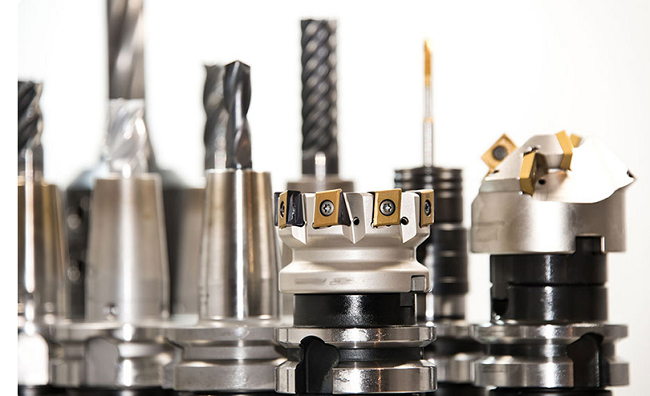 Top 12 CNC Machining & Programming Experiences | CNCLATHING
Top 12 CNC Machining & Programming Experiences | CNCLATHING
 Spring Material Types (Properties, Grades, Uses) & Best Selection for Your Project
Spring Material Types (Properties, Grades, Uses) & Best Selection for Your Project
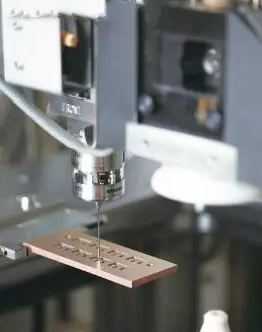 Development Of On-Line Measurement In Wire EDM Machining
Development Of On-Line Measurement In Wire EDM Machining
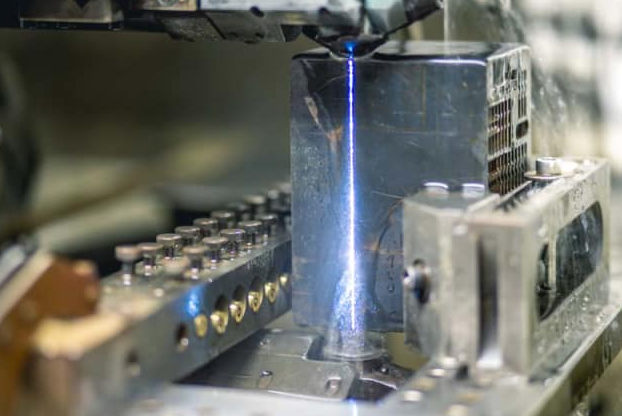 Steps & Requirements Of Wire EDM Machining – How To Reduce The Human Error In WEDM
Steps & Requirements Of Wire EDM Machining – How To Reduce The Human Error In WEDM
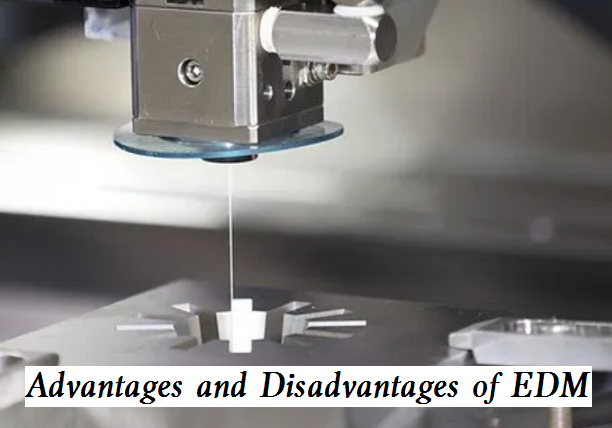 Advantages and Disadvantages of EDM | How Does EDM Machining Work
Advantages and Disadvantages of EDM | How Does EDM Machining Work
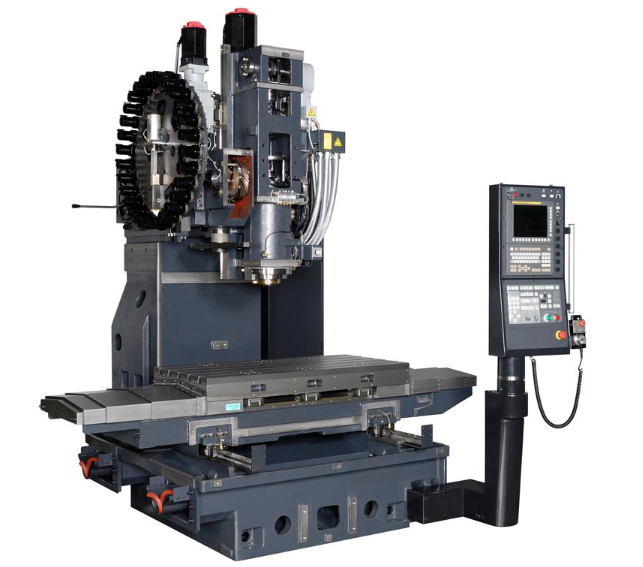 What is CNC Vertical Machining Center – VMC Machine Applications & Difference Between Horizontal Machining Center
What is CNC Vertical Machining Center – VMC Machine Applications & Difference Between Horizontal Machining Center
